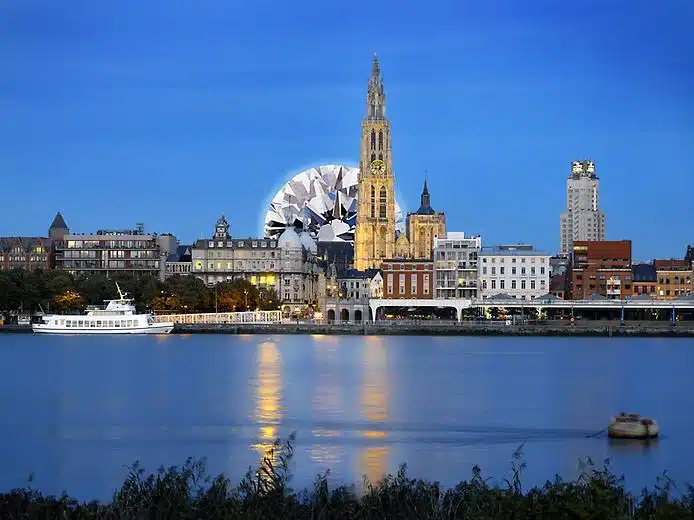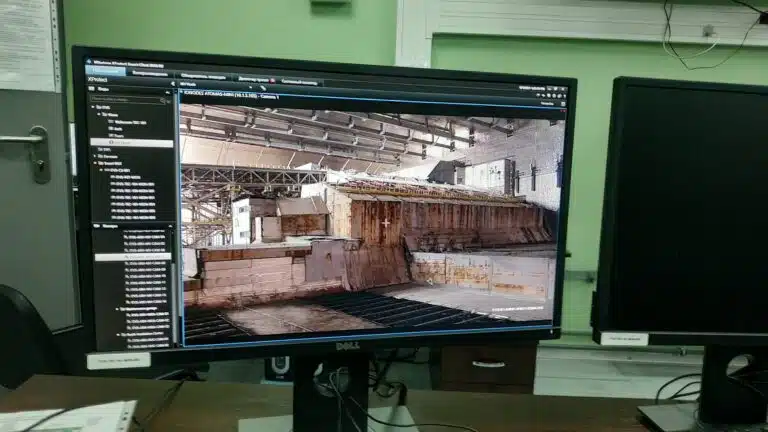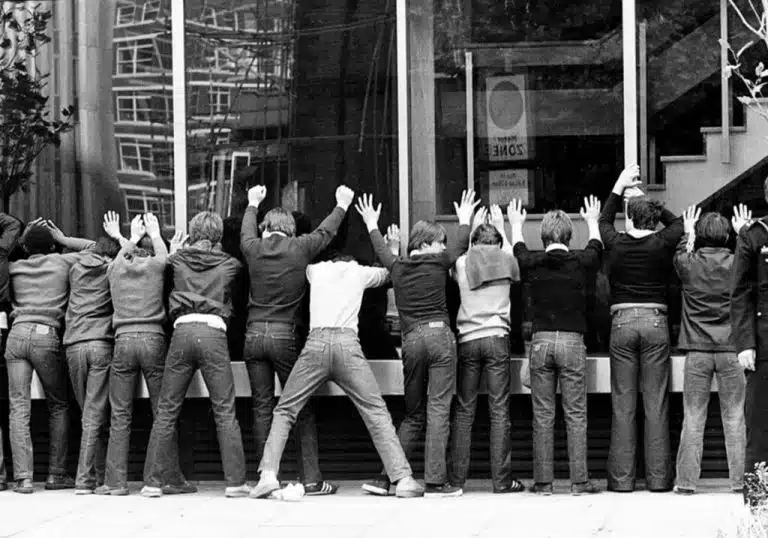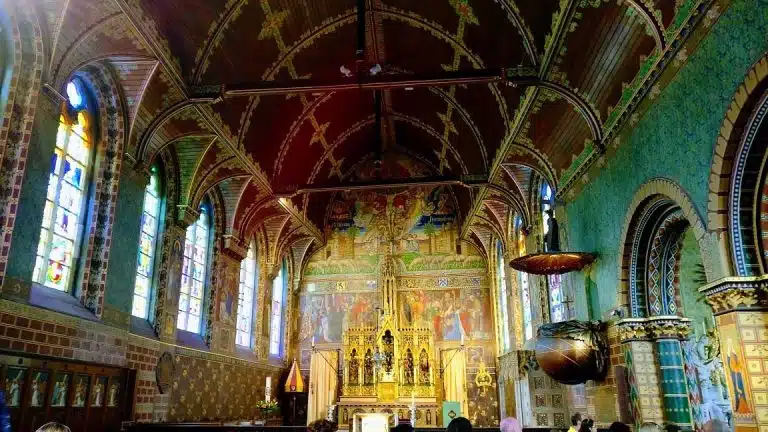Antwerp history
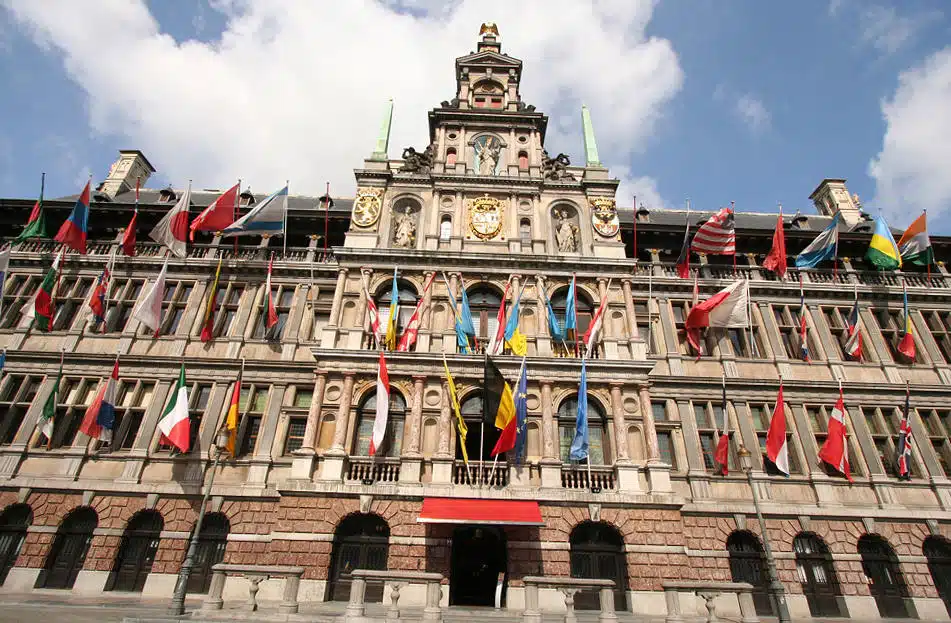
Mentions of the city are found from the 7th century. It is known that he was repeatedly attacked by enemies, and in 863 the city was destroyed by the Normans. Located ninety kilometers from the sea, in the upper reaches of the mouth of the Scheldt, the depth of which allows the passage of ships, Antwerp is gradually becoming one of the most important ports in Europe. In the 14th century, he entered the Hanseatic League of Cities and began to fight with Bruges.
In the next century, the foreign colonies gradually left the “Venice of the North” one by one, preferring to settle in Antwerp, where, along with textile and carpet manufactory, diamond processing and banking operations have been greatly developed since 1488. If in Bruges there was only an exchange of money, then in Antwerp banks begin to give them at interest on growth. Merchants were especially attracted by the city’s large annual fairs. Having become an international city in the 16th century, Antwerp created its own art school, eclipsing the former centers of art. In 1566, during the life of P. Brueghel, the population census showed a figure of one hundred and five thousand inhabitants, of which fifteen thousand were foreigners.
Thanks to active international relations, the Antwerp school is drawn into the atmosphere of trends and problems of other art schools in Europe, especially the Italian one, which has a significant influence on it. But serious political events interrupt the brilliant heyday of the city. In 1585, it was captured by Spanish troops led by Alexander Farnese, the mouth of the Scheldt was in the hands of the Dutch. Ruined by war and cut off from the sea, Antwerp, at the beginning of the 17th century, according to a contemporary of Rubens, was “a big city and a big desert.” The Peace of Münster in 1648 sealed the separation from the sea for him until April 20, 1796, when, after the conquest of Belgium and Holland by the French Republic, the first sea ship entered his port. After Waterloo, Belgium became part of the Dutch kingdom and the Scheldt was again closed to Antwerp. The complete liberation of the port took place in 1863. Since then, it has again become an international trade and transport hub.
Legend
An old legend tells how once upon a time at the mouth of the Scheldt, the evil giant Druon Antigonus lived. With his cruelty and bloodthirstiness, he caused a lot of grief to the surrounding residents. But one day, the Roman warrior Silvius Brabo fought with him and defeated him in battle. The victor cut off the giant’s hand and threw it into the Scheldt. On the site of the battle, the city of Antwerp grew up, which means “throwing a hand.” Such is the legend. The monument-fountain Brabo stands on the Great Square of the city as a kind of symbol of its freedom.
Rubens and Antwerp
In order to see the masterpieces of Rubens, which were created upon returning from Italy and then amazed the whole of Antwerp, and then everyone who had the opportunity, having arrived in the city, to see them, it is necessary to go from the house of Rubens along the wide Meyer to the Antwerp Cathedral. In the Cathedral of Our Lady there are four altarpieces: the famous “Raising the Cross” and “Descent from the Cross”, “Flagellation of Christ” and “Assumption of the Mother of God”. Both of the first above-named paintings are huge triptychs located in the transept of the cathedral on both sides, adjacent to the choir.
All three parts of the altar composition “The Hoisting of the Cross” (1609-1610) are covered by the unity of the plot, which gives it a special integrity and grandeur. With few characters, Rubens achieves the impression of a large crowd, a mass scene. This is due to the fact that all the characters are extremely active, they amaze with pathetic gestures, the fullness of the emotional content of a separate image. The whole composition is permeated with stormy, impetuous movement. By placing large figures close in the foreground, Rubens wanted to create a complete illusion of an event taking place before the eyes of the viewer. It seems that the figure of the executioner, with his back turned to the viewer, enters the real space. The diagonally raised cross with the crucified Christ must also go beyond the picture plane. Thus, Rubens sought to influence the imagination, demanding from the viewer an extremely active perception, a quick introduction into the emotional structure of the work. In the tension of the forms of human bodies, proportions and drawing, an echo of the study of Michelangelo’s creations is felt. Before us is a heroic scene, when in suffering and torment a person, testing his courage and will, turns out to be a winner. Undoubtedly, the artist’s stoic convictions affected this decision of the image. The spiritual strength of Christ opposes and asserts itself in opposition to the brute physical power of the executioners, blind tools in the hands of Providence. Human passions are simultaneously conjugated with the stormy state of nature. This deep inextricable connection between man and the world, the interweaving of destinies and, at the same time, the ongoing struggle will become one of the leitmotifs of the artist’s work.
Onze-Lieve-Vrouwekathedraal
Antwerpen
Groenplaats 21, 2000 Antwerpen
Museum Mayer van den Bergh Antwerpen
The charm of this private collection lies not only in the fact that it bears the imprint of the taste and character of its collector, a passionate lover of art, but also in the fact that it is located in an old patrician house of the 15th century with dark oak paneling on the walls, with carved doors, multi-binding windows, narrow spiral staircases. You immediately feel the intimate, private nature of the museum in the exposition, in the arbitrary hanging of paintings, as it pleased its owner to do. Pictures are placed sometimes very close to one another and everywhere, even on the stairs. Schools are mixed, epochs are relatively respected. But nevertheless, this deviation from the rules of scientific periodization, from the principles of chronological grouping in the display of works of art has its own charm. To the pleasure that a work of art causes when viewed, is mixed with a special pleasure from communicating with the peculiar taste of the creator of the collection. Involuntarily, a review of the entire collection is also accompanied by an assessment of his aesthetic and artistic views, you see where he made a mistake in his choice and where he was impeccable in it. His soul, inclinations, character are gradually outlined as you become more and more familiar with what he loved and appreciated.
Fritz van den Berg died at the age of forty-three in 1901. His mother, wishing to preserve the memory of her son’s passion, donated his collection to the city of Antwerp. In turn, the city authorities kept this outstanding collection intact, turning it into a museum accessible to all. Van den Bergh began collecting from his youth, with a passion for ancient coins. But his interests spread over time to painting and sculpture, then to old manuscripts, works of applied art. Most of all, van den Bergh was attracted to the Middle Ages and the Renaissance in the Netherlands. His subtle soul, prone to complex emotional experiences, was alien to balanced and harmonious art. He preferred original masters who were looking for the embodiment of life in art in their own way, highly valued imagination, bizarre fantasy in their work, sometimes naive ingenuity – in a word, everything that is far from the rules and dogmas developed by the established traditions of the school. Sculptures are presented in his collection in an extraordinary variety of materials and techniques: carved from wood, alabaster, marble, ivory, cast from bronze. The richest collection of laces, embroideries, fabrics, earthenware and porcelain, tapestries of magnificent old work arouses the admiration of the visitor with an amazing selection, rare beauty of pattern and color. All the treasures of his collection were collected in twenty-one years (from 1880 to 1901).
Writer Rovendo
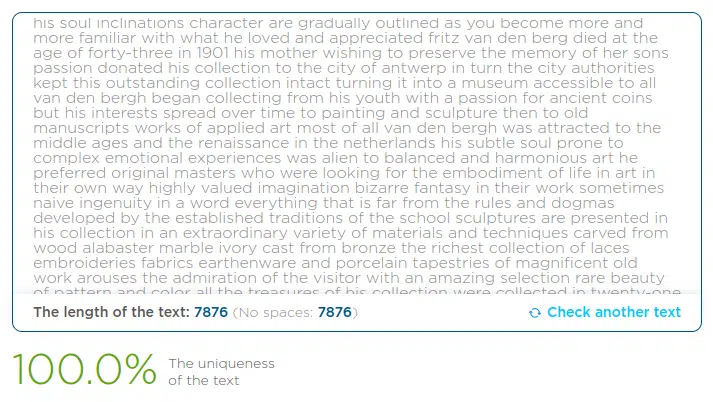
Original content license agreement Creative Commons Attribution 4.0 license

